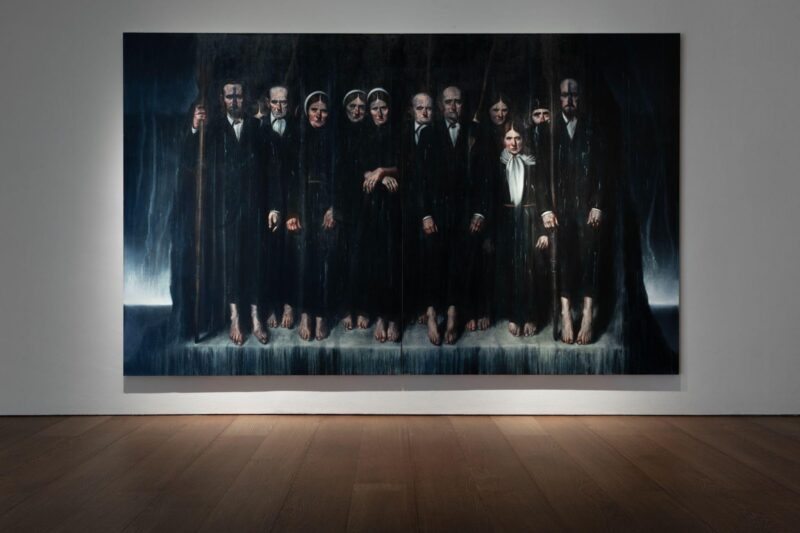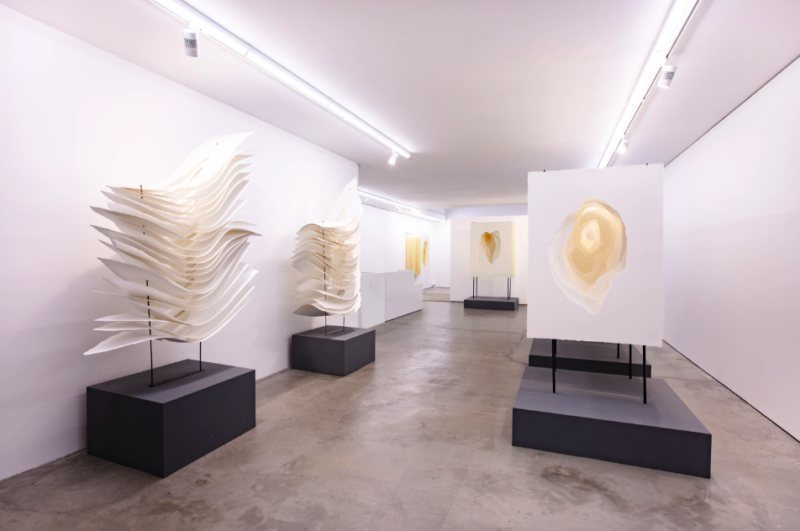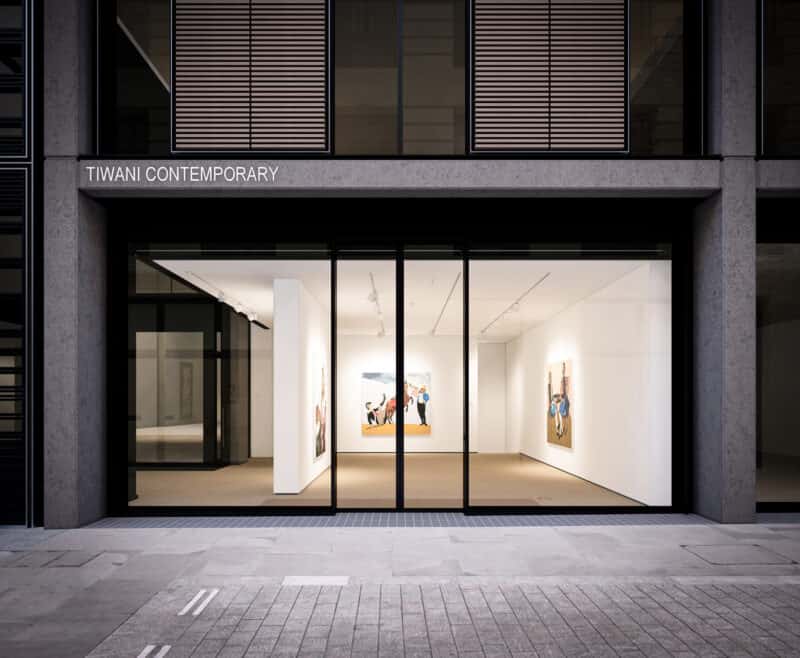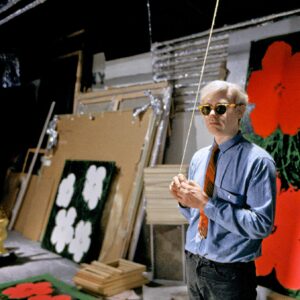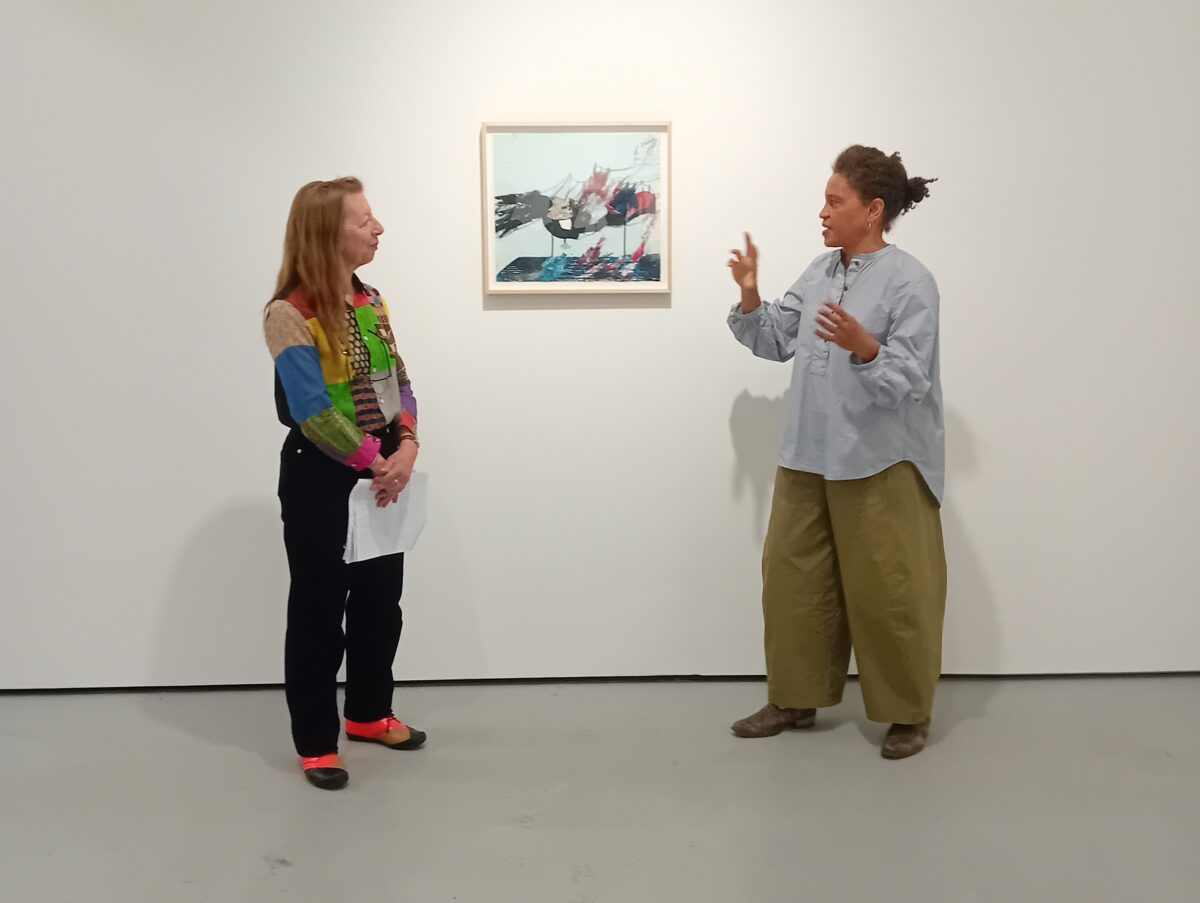
Tiwani, 24 Cork Street, London, W1S 3NG
www.tiwani.co.uk Instagram: @tiwanicontemporary
Maria Varnava established Tiwani Contemporary in 2011, encouraged by her friend and mentor Bisi Silva (1962-2019), the renowned Nigerian international curator, who proposed the name as an encapsulation of the gallery’s intention when showing artists: it loosely translates as ‘it belongs to us’ in the Yoruba language. Tiwani spent several years on Little Portland Street in Fitzrovia, followed by a more mobile model, before expanding into permanent spaces in both Lagos (2022) and London (2023) – the latter in a bespoke Matheson Whiteley studio design on two levels in a building by Richard Rogers on the recently recharged Cork Street.
The programme concentrates on artists from Africa and its global diaspora who engage with critical global conversations around identity, politics, and culture. There is an emphasis on painting, broadly defined – though Andrew Esiebo and Dawit L. Petros have interesting photographically-based practises, and the latter will feature in this year’s Liverpool Biennial of Contemporary Art. The British-Nigerian painter Joy Labinjo has probably risen to the most prominence with Tiwani’s support. She uses the medium fairly straightforwardly, but I’ve also enjoyed the work of several artists whose work has an innovative materiality: Virginia Chihota’s monumental screen-prints; Gareth Nyandoro’s ‘kucheka cheka’ collages that sometimes spill into installations; and Miranda Forrester’s use of transparent surfaces. The current show, ‘space comma space comma space’ with Wura-Natasha Ogunji, fits within that: she combines stitching, cutting, tearing and tracing on a wide range of surfaces: magazine pages, gessoed tissue paper, glassine, and architectural tracing paper for which she is best known.
London’s gallery scene is varied, from small artist-run spaces to major institutions and everything in between. Each week, art writer and curator Paul Carey-Kent gives a personal view of a space worth visiting.
